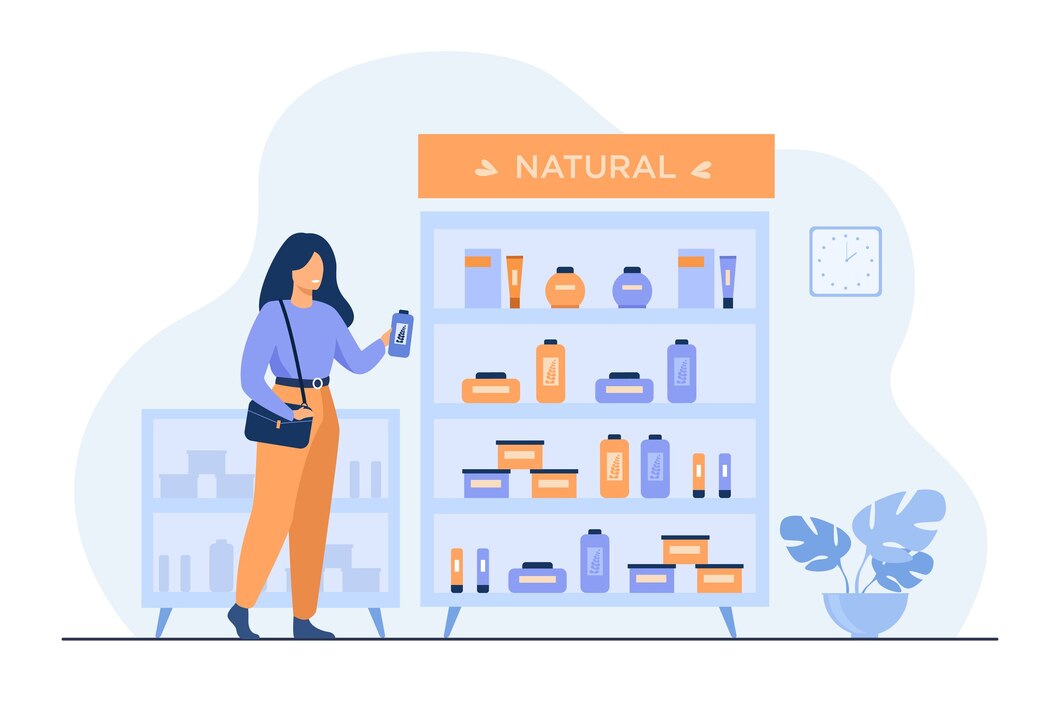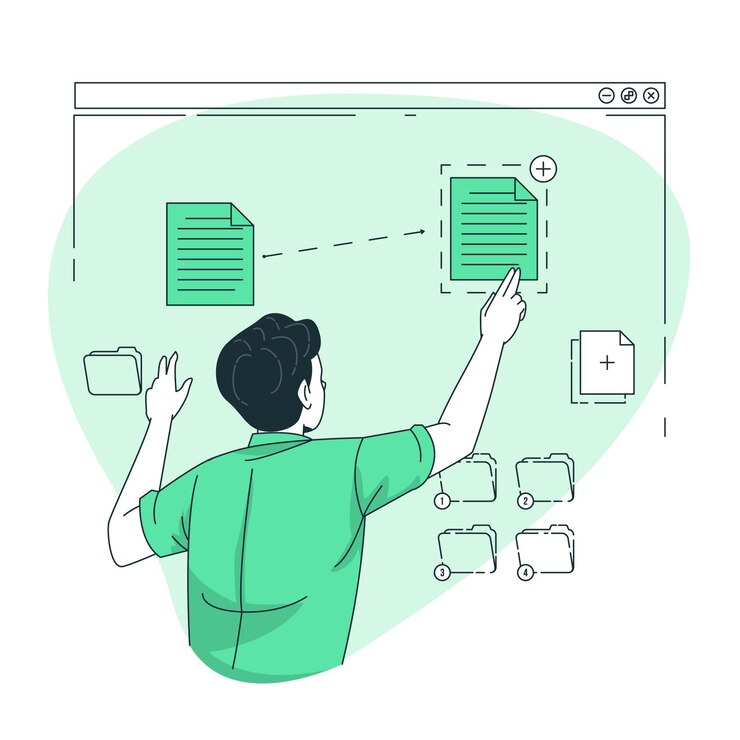What Beauty & Personal Care Brands Miss in Sales Incentives

The cosmetics industry is undergoing a seismic shift. With customers seamlessly blending online research and in-store experiences, the traditional role of a beauty retailer is no longer about pushing products—it’s about fostering trust, expertise, and personalized connections.
Yet, many brands still rely on outdated incentive programs that prioritize sales volume over long-term customer loyalty or employee growth.
In this blog, we explore how cosmetics retailers can future-proof their strategies by aligning incentives with Retail 4.0’s demands—where physical and digital experiences converge, and value creation trumps transactional selling.

Thinking about implementing an incentive solution for your team?
Schedule a free Proof of Concept session tailored for your brand
The Problem with Traditional Incentives in Cosmetics
For decades, beauty retailers incentivized employees based on sales targets. But this approach is increasingly misaligned with modern consumer behavior:
- Customers visit stores for expertise, not just purchases. A shopper might test a serum in-store but buy it later online.
- Loyalty stems from personalized experiences, not discounts. Think skincare consultations or shade-matching sessions.
- Omni-channel journeys require collaboration, yet siloed incentives pit online vs. offline teams against each other.
When incentives focus solely on sales, employees neglect the very interactions that build brand loyalty. The result? Missed opportunities to upsell, educate, or retain customers.
5 Modern Incentive Strategies for Cosmetics Retailers
1. Incentivize Product Mastery & Consultative Selling
Customers crave expertise. Reward employees for:
- Completing certifications (e.g., “Certified Skincare Advisor”).
- Hosting in-store tutorials or virtual masterclasses.
- Achieving high customer satisfaction scores post-consultation.
Example: A leading beauty brand replaced sales targets with “knowledge badges.” Employees earn bonuses for demonstrating advanced product knowledge during customer interactions.
2. Reward Omni-Channel Advocacy
Break down silos by incentivizing behaviors that bridge online and offline:
- Encouraging customers to join loyalty programs via in-store QR codes.
- Assisting with “click-and-collect” orders or virtual try-ons.
- Sharing personalized post-purchase care routines via email.
Example: A retailer rewards teams when store visitors redeem digital coupons or engage with post-visit surveys.
3. Gamify Customer Experience Metrics
Turn intangible goals into engaging challenges:
- Leaderboards for highest-rated beauty advisors (based on customer reviews).
- Badges for employees who resolve customer queries within 24 hours.
- Tiered rewards for reducing product return rates through accurate recommendations.
Example: A cosmetics chain uses a mobile app where employees track real-time progress toward experience-based goals, unlocking rewards like spa vouchers or extra leave days.
4. Foster Team Collaboration Over Competition
Shift from individual commissions to team-based rewards:
- Store-wide bonuses for achieving 95%+ customer satisfaction ratings.
- Shared incentives for cross-channel campaigns (e.g., social media-driven in-store events).
- Recognition programs for teams that mentor new hires.
Example: A skincare brand eliminated individual sales targets. Instead, stores earn quarterly bonuses based on collective metrics like repeat customer rates and digital engagement.
5. Invest in Career Path Incentives
Retain talent by linking growth to loyalty:
- Milestone rewards (e.g., sponsored advanced training after 2 years).
- “Pathway programs” that let employees transition into roles like digital beauty coaches or CX designers.
- Bonuses tied to mentorship contributions.
Example: A retailer offers employees a choice of rewards—cash bonuses, international training trips, or sabbaticals—for hitting tenure milestones.
Why Technology is Non-Negotiable
Modern incentives require real-time data and agility. For instance:
- AI-driven dashboards track non-sales metrics like consultation time or product education effectiveness.
- Instant rewards platforms disburse e-gift cards or recognition badges immediately after a positive customer interaction.
- Integrated systems align online/offline data to measure omni-channel impact.
Without these tools, retailers can’t capture the nuanced behaviors that drive Retail 4.0 success.
The Bottom Line
The future of cosmetics retail hinges on value-driven incentives. By rewarding employees for expertise, collaboration, and customer-centricity—not just transactions—brands can:
- Build loyal communities of informed shoppers.
- Reduce attrition through meaningful career growth.
- Seamlessly integrate physical and digital touchpoints.
The question isn’t whether to adopt these strategies, but how quickly you can pivot.
“With its advanced automation, we’ve streamlined calculations and ensured our team members receive their incentives promptly. What’s truly remarkable is the real-time visibility it offers, empowering our employees to track their performance effortlessly.”

1. Why is real-time visibility critical for sales incentive programs?
- Real-time visibility allows teams to track progress instantly, adjust strategies on the fly, and maintain motivation.
2. How does gamification improve sales performance?
- Gamification taps into natural competitive instincts and fosters engagement. Features like leaderboards, badges, and micro-challenges turn routine tasks into achievable goals, keeping reps motivated during long campaigns
3. What’s the difference between traditional and modern incentive programs?
- Traditional programs often rely on manual processes, delayed payouts, and rigid structures. Modern solutions prioritize agility—real-time tracking, instant rewards, and customizable campaigns that align with shifting market needs (e.g., promoting sunscreen during a heatwave).
4. Are non-monetary rewards effective in sales incentives?
- Absolutely. While monetary rewards drive short-term results, non-monetary incentives (e.g., public recognition, experiential rewards, or skill-building opportunities) boost long-term morale and loyalty.
5. How can training tools be integrated into incentive programs?
Built-in learning modules or product guides allow reps to access training materials directly within the incentive platform.

Ready to take your incentive program to the next level?
Schedule a free Proof of Concept session tailored for your brand
“With its advanced automation, we’ve streamlined calculations and ensured our team members receive their incentives promptly. What’s truly remarkable is the real-time visibility it offers, empowering our employees to track their performance effortlessly.”

Ready to take your incentive programs to the next level?
Schedule a free Proof of Concept session tailored for your brand
1. Why is real-time visibility critical for sales incentive programs?
- Real-time visibility allows teams to track progress instantly, adjust strategies on the fly, and maintain motivation.
2. How does gamification improve sales performance?
- Gamification taps into natural competitive instincts and fosters engagement. Features like leaderboards, badges, and micro-challenges turn routine tasks into achievable goals, keeping reps motivated during long campaigns
3. What’s the difference between traditional and modern incentive programs?
- Traditional programs often rely on manual processes, delayed payouts, and rigid structures. Modern solutions prioritize agility—real-time tracking, instant rewards, and customizable campaigns that align with shifting market needs (e.g., promoting sunscreen during a heatwave).
4. Are non-monetary rewards effective in sales incentives?
- Absolutely. While monetary rewards drive short-term results, non-monetary incentives (e.g., public recognition, experiential rewards, or skill-building opportunities) boost long-term morale and loyalty.
5. How can training tools be integrated into incentive programs?
Built-in learning modules or product guides allow reps to access training materials directly within the incentive platform.
